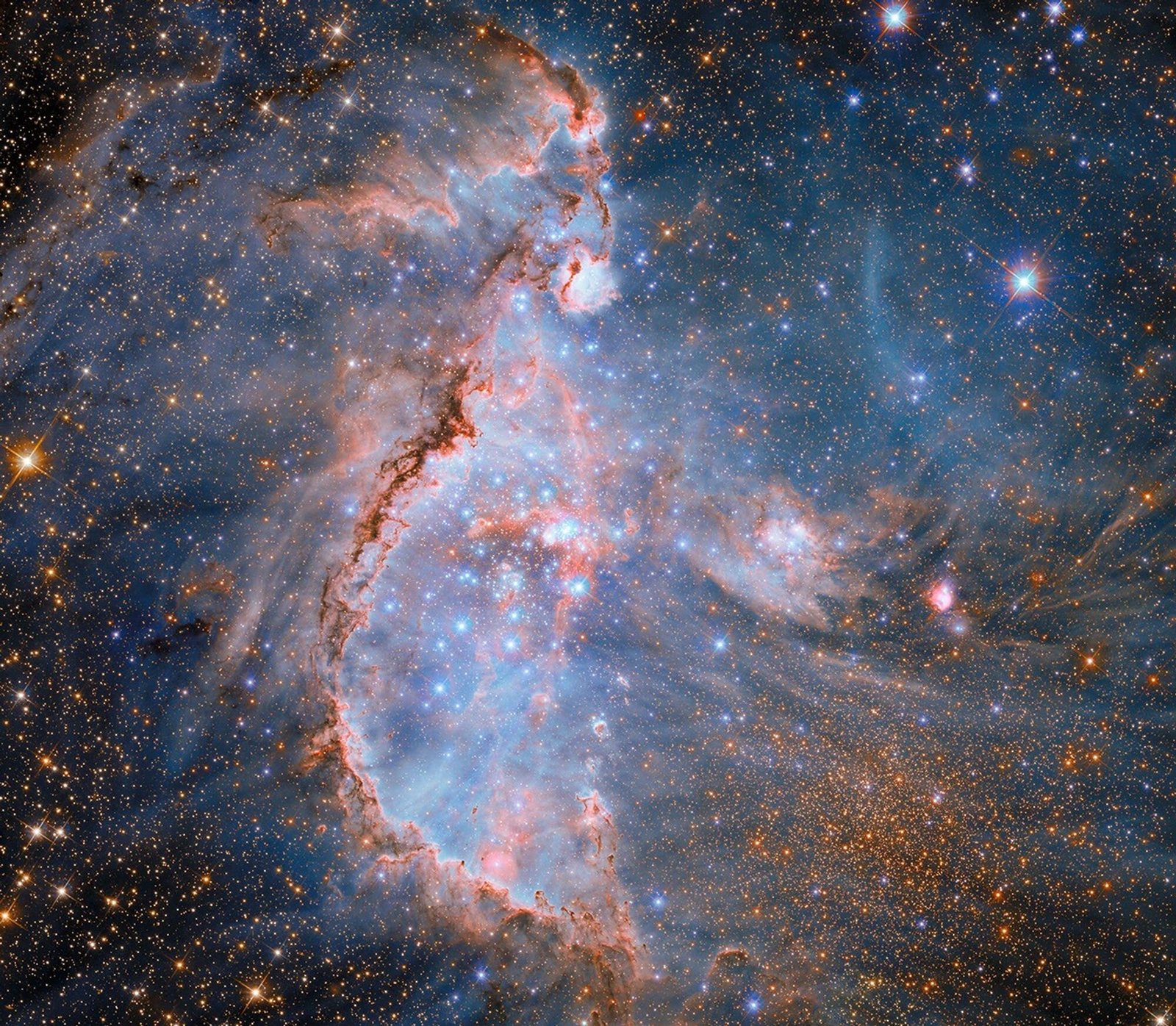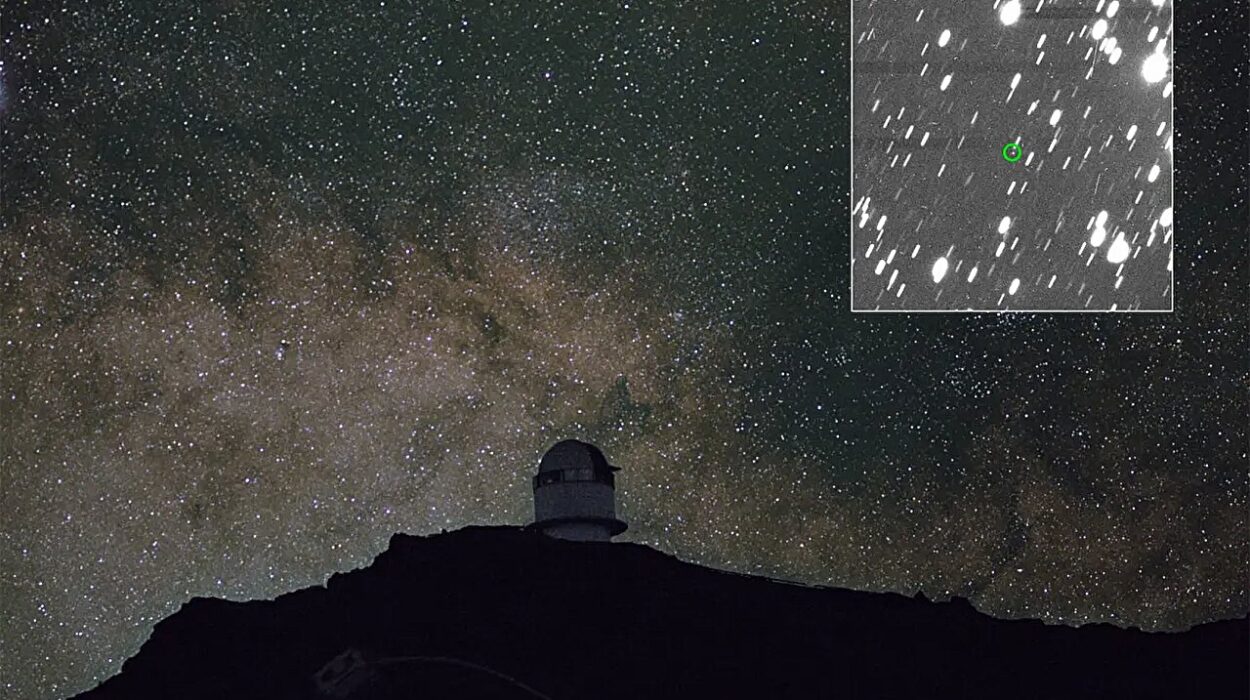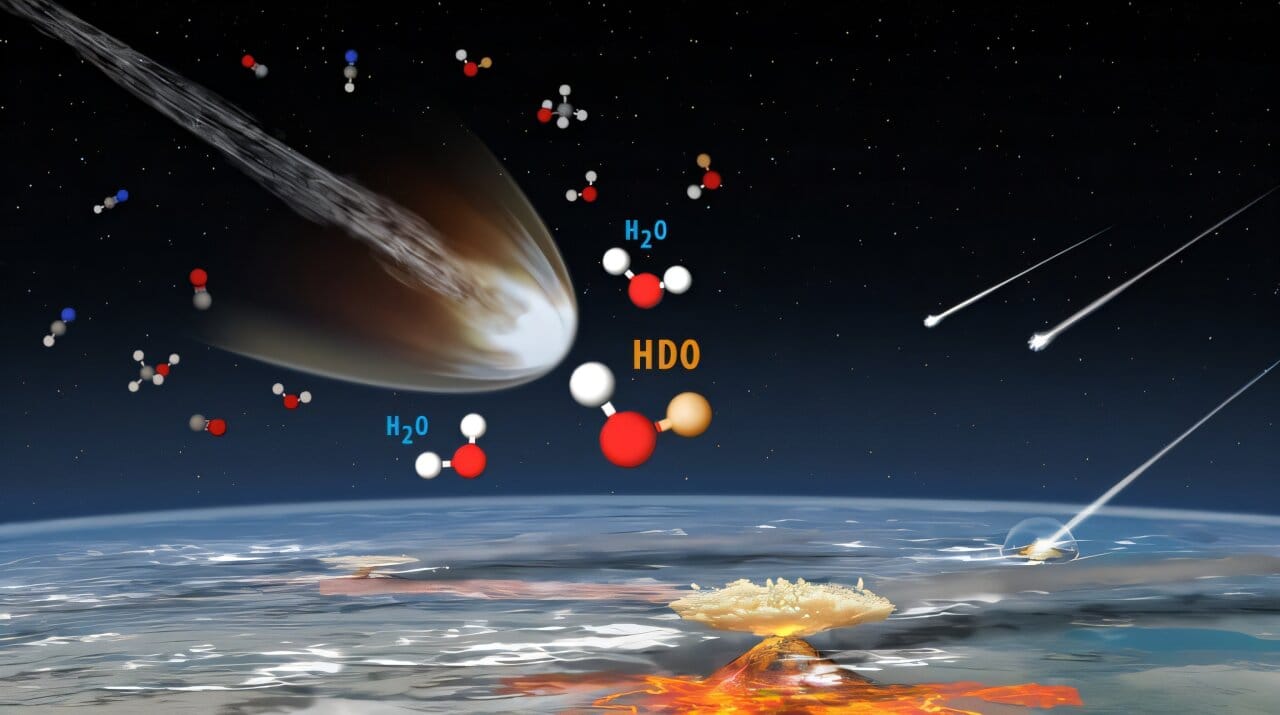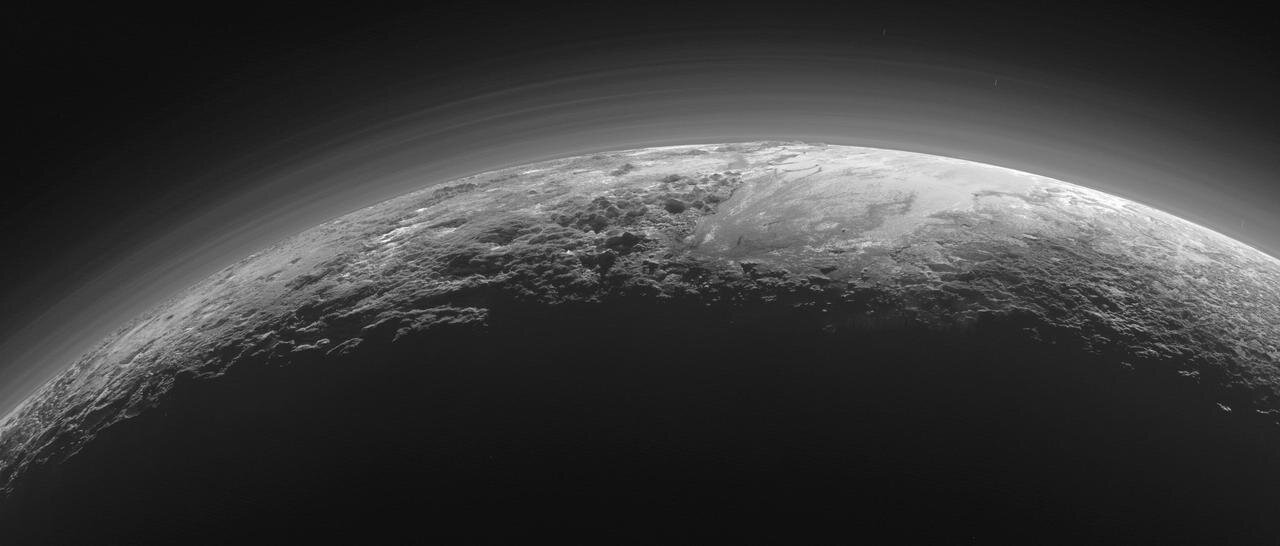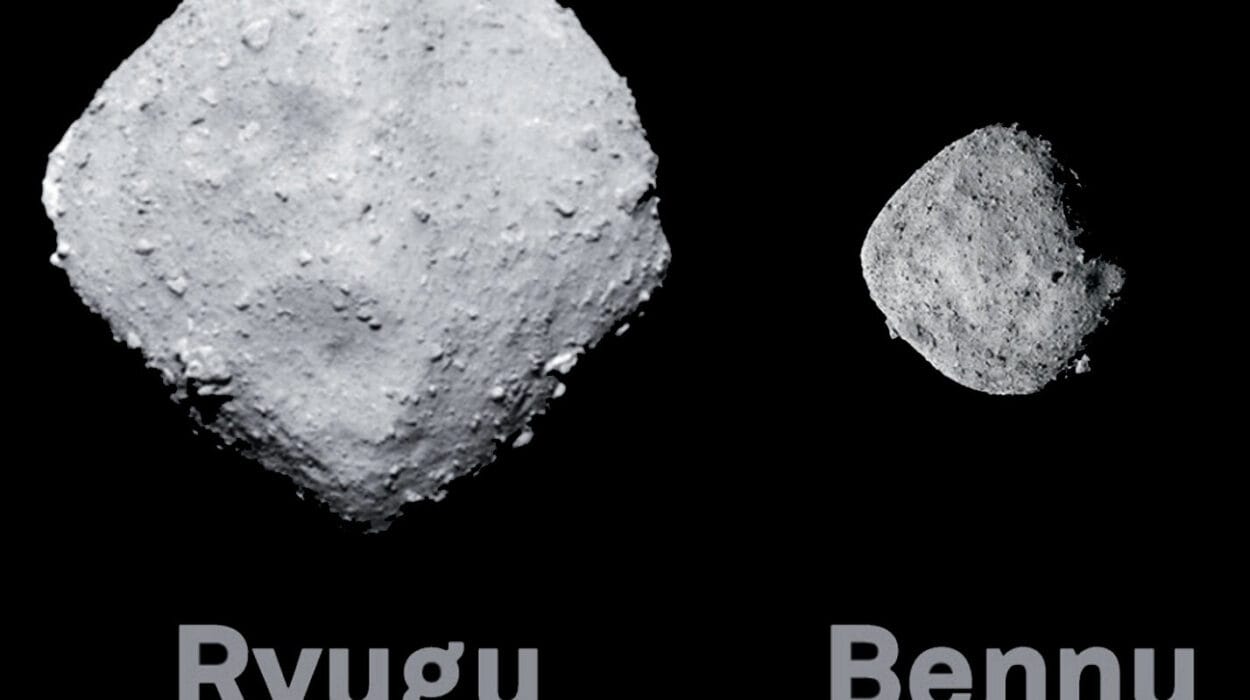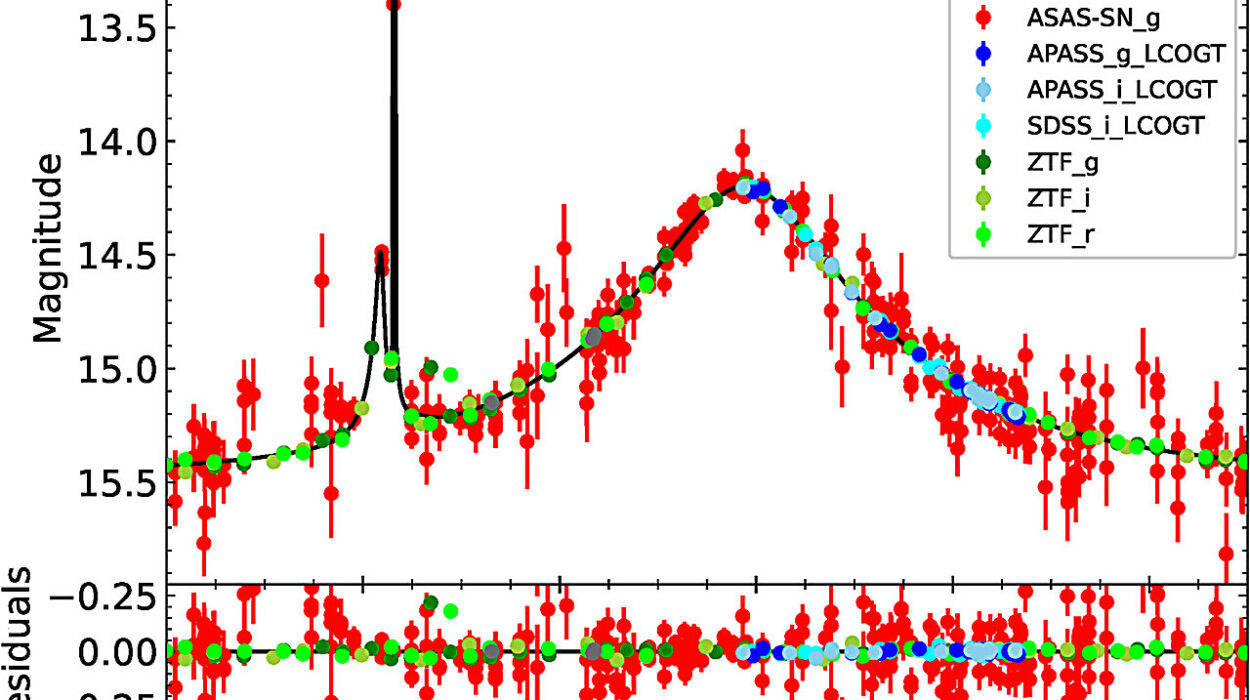On April 4, 2025, a new cosmic masterpiece was unveiled to the world—an intricately detailed image of NGC 346, one of the most vibrant and active star-forming regions in our cosmic neighborhood. Though this isn’t the first time astronomers have laid eyes on NGC 346, what makes this latest release so extraordinary is the breathtaking fusion of data from three distinct light wavelengths—infrared, optical, and ultraviolet—gathered by the legendary Hubble Space Telescope. This unified view pierces through veils of cosmic dust and gas, offering the most comprehensive and vivid look yet at this celestial nursery teeming with life.
A Stellar Cradle in a Nearby Galaxy
NGC 346 lies 200,000 light-years away in the Small Magellanic Cloud, a dwarf galaxy that orbits our own Milky Way and appears faintly in the Southern Hemisphere’s skies within the constellation Tucana. While this may sound far-flung, in astronomical terms, it’s practically next door. The Small Magellanic Cloud (SMC) is a cosmic time capsule—less chemically evolved than our own galaxy and composed primarily of hydrogen and helium, the first elements forged after the Big Bang. This elemental purity makes it a compelling analog to the early universe and a prime location for studying how stars once formed when the cosmos was still young.
NGC 346 itself is a sprawling star cluster nestled within the SMC, and it’s bursting with potential—more than 2,500 baby stars have recently formed within its borders. In the new image, the cluster’s hottest and most massive stars sear the canvas with an ethereal blue hue, radiating intense ultraviolet light that reshapes the surrounding gas and dust. These stars are cosmic giants, many times more massive and luminous than our own Sun, and they live fast, burn bright, and die young in cataclysmic explosions.
The Glowing Nebula N66: A Beacon of Stellar Youth
Surrounding this stellar hothouse is a radiant nebula known as N66—the brightest H II region in the entire Small Magellanic Cloud. These regions, named for ionized hydrogen atoms (H II), glow vividly under the relentless barrage of ultraviolet radiation from newly minted stars. The nebula’s glowing pinks and purples are created as hydrogen gas is stripped of its electrons and then recombines, emitting characteristic light in the process. N66’s brilliance is a beacon, announcing to the universe that new stars have arrived.
But like a firework in the night sky, H II regions are fleeting. They last only as long as the massive stars that light them up—a few million years at best. In cosmic terms, that’s the blink of an eye. The presence of this nebula, then, is a clear signal: NGC 346 is a stellar nursery still very much in its youth.
Hubble’s Gaze: Decoding a Galactic Dance
Though the James Webb Space Telescope (JWST) has recently stolen the spotlight with its unprecedented ability to peer into the infrared universe, Hubble remains a powerhouse of precision and depth, especially in the ultraviolet and optical ranges. With its sharp eye and remarkable stability, Hubble has once again proven its value in decoding the dynamics of star formation.
In this latest study, astronomers used two sets of Hubble observations taken 11 years apart to track the individual motions of stars in NGC 346. The result? A revelation. These stars aren’t just drifting randomly through space—they are spiraling inward, drawn by the gravitational heartbeat of the cluster. This inward motion points to an unseen river of interstellar gas, a cosmic current flowing into the cluster’s core and feeding its insatiable appetite for creating stars.
This discovery turns NGC 346 into a rare laboratory—a place where we can observe not just how stars are born, but how they move, grow, and shape their environment in real time. It’s the closest thing we have to watching galactic evolution unfold before our eyes.
Cosmic Sculptors: Stars That Shape the Universe
The newborn stars of NGC 346 are not passive residents of their galactic nursery—they are active architects of their surroundings. Massive stars exert a profound influence on their environment through what astronomers call “stellar feedback.” This feedback takes the form of intense radiation, blistering stellar winds, and, eventually, supernova explosions—all of which push and compress nearby clouds of gas, triggering new waves of star formation while also dispersing older clouds.
In NGC 346, this stellar feedback is on full display. The new Hubble image shows dark, sinuous clouds snaking through the nebula—these are remnants of the dense material from which stars were born, now being eroded by the fierce energy of the young stars they spawned. As radiation and winds carve out a bubble within the nebula, a delicate interplay emerges: destruction paves the way for creation. This self-propagating cycle of star birth is how galaxies grow and evolve, one generation of stars at a time.
A Glimpse into Cosmic History
What makes the study of NGC 346 so fascinating is not just its vivid beauty or the drama of its star formation, but the fact that it offers a glimpse into the past. Because the Small Magellanic Cloud is so metal-poor—meaning it contains fewer elements heavier than helium—it mirrors the conditions of the early universe. In those ancient times, shortly after the Big Bang, the first stars formed from primordial hydrogen and helium, untainted by the heavier elements created in later stellar generations.
By observing a region like NGC 346, astronomers can study how stars form in these primeval conditions and compare that process with what we see in more chemically evolved galaxies like our own. It’s like having a telescope that not only shows us what’s out there, but also how things used to be. In a very real sense, Hubble’s latest image of NGC 346 is a window into our universe’s childhood.
Looking Ahead: The Era of Multi-Telescope Astronomy
This latest image is also a shining example of the power of combining data from multiple wavelengths and instruments. While Hubble excels in ultraviolet and optical imaging, the James Webb Space Telescope contributes unparalleled infrared detail, peering deeper into the dust-shrouded interiors of star-forming clouds. Together, these telescopes offer a full-spectrum view of the cosmos—revealing not just what stars look like, but how they’re born, how they evolve, and how they die.
NGC 346 is likely to remain a key target for further study in the years to come. With JWST’s capability to see the faintest and youngest protostars still embedded in gas, and with Hubble’s long-term stability allowing for precise motion tracking, astronomers can piece together a dynamic, three-dimensional map of this bustling stellar metropolis.
The Poetry of the Cosmos
Ultimately, images like this one don’t just serve science—they stir the soul. They remind us that the universe is alive with motion and change, that stars are born in glowing clouds and live out brilliant, turbulent lives before returning their material to the cosmos in spectacular explosions. They show us that from chaos comes beauty, and from simplicity—hydrogen and helium—emerges complexity: stars, planets, life.
As we gaze at NGC 346, what we’re seeing isn’t just a collection of stars—it’s a portrait of creation. It’s the story of how the universe builds, sculpts, and renews itself. And thanks to the ever-vigilant eye of Hubble, this story is being told in richer, more vivid detail than ever before.
The heavens are not silent—they are alive with the light of newborn suns, with the whispers of ancient hydrogen clouds, and with the artistry of forces too vast to comprehend. NGC 346 is but one chapter in that celestial story, but what a magnificent chapter it is.
